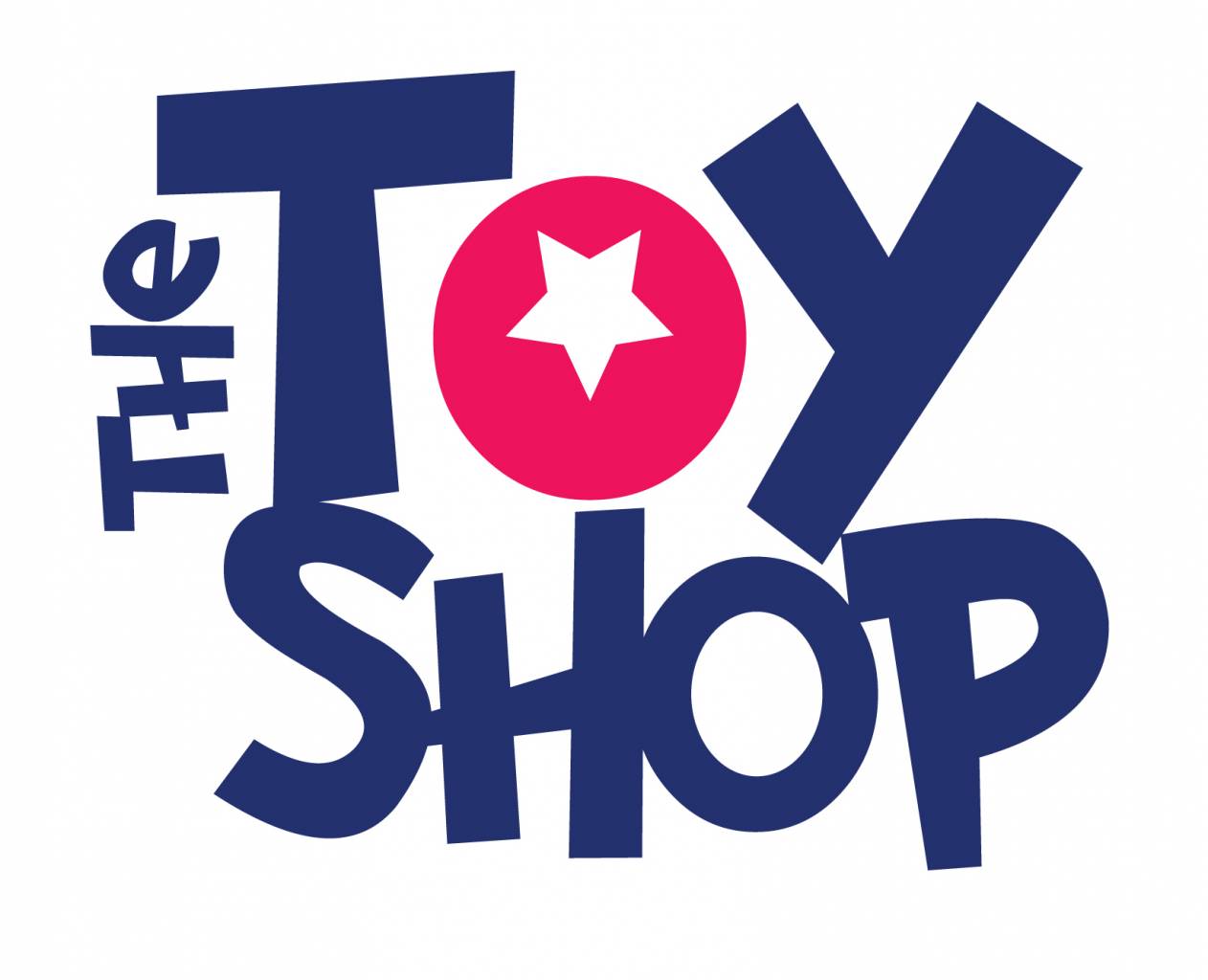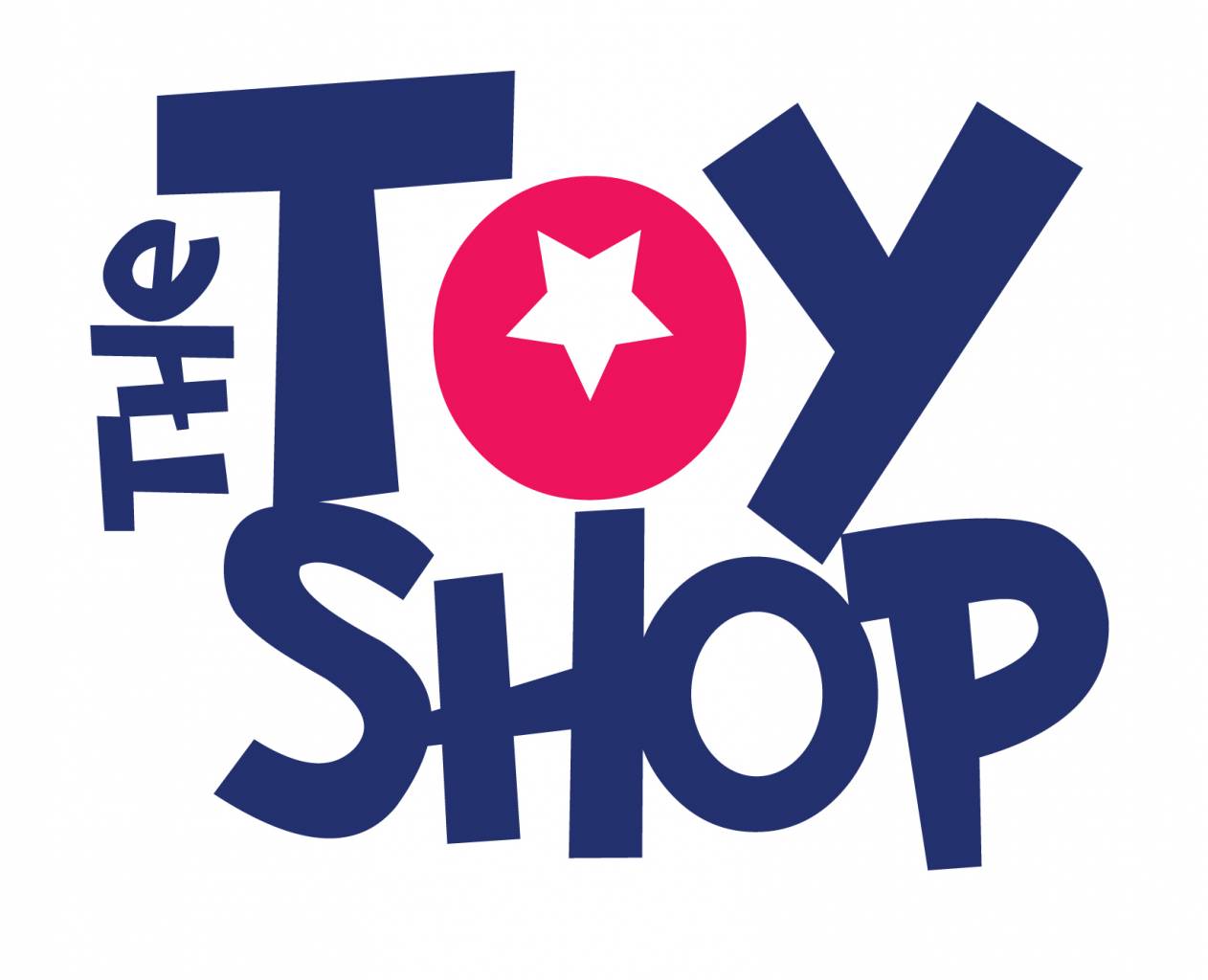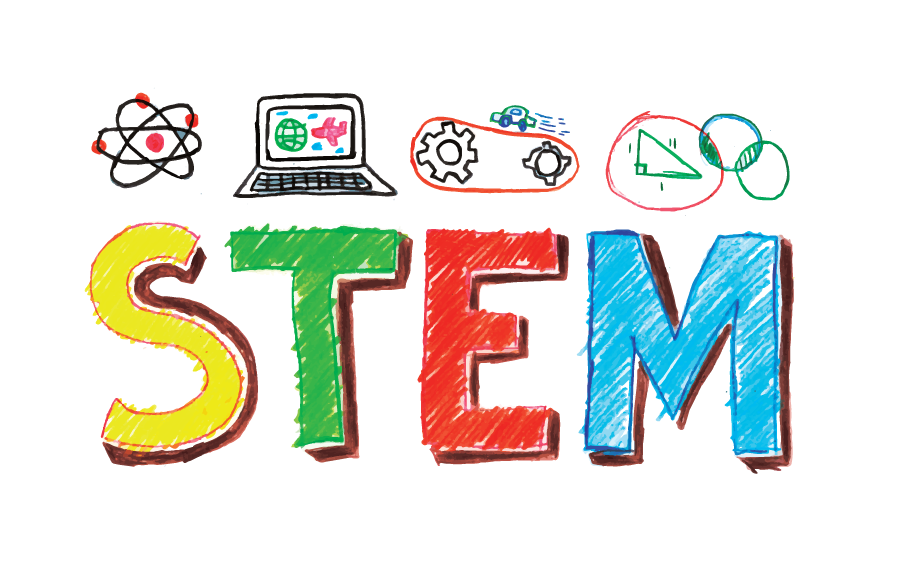What is STEM and Why Is It Important?
What is STEM?
STEM stands for Science, Technology, Engineering, and Maths. These core subjects give kids the skills for future success in emerging and growing fields such as robotics, computers and natural sciences. While the subjects listed above aren’t anything new, the trend of grouping them together emerged in the early 2000’s. Leading tech firm Technavio broke down educational toys into three key categories; academic, cognitive thinking and motor skills.

The most popular academic toys are maths and science kits and language learning toys that are becoming increasingly introduced in creches and play schools. These toys provide children in three separate age groups with both basic and advanced knowledge; 0-4 years, 4-8 years and 8 years and up. Toys that fall into the cognitive thinking category include puzzles, construction sets, and activity sets which enable kids to develop their logical reasoning, critical thinking, and problem-solving skills. Additionally, they also aid in the advancement of creative skills for toddlers. Some examples of cognitive thinking educational toys include construction sets from LEGO which introduce concepts such as engineering. Geometry to kids at an early age also allows them to get an early start on the development of these key skills. Motor skills, the final category is expected to undergo significant growth in coming years. The purpose of these toys is to allow physical development and strengthening of muscles in infants and toddlers. Examples of toys that fall into this category include educational toys such as workbench playsets, shape stackers, bead mazes, building blocks and electronic sound toys.

Why is it important?
In recent years, the STEM wave has gained considerable momentum globally as parents become aware of the fact that traditional curricula taught in schools are failing to sufficiently prepare their kids for careers that are becoming increasingly reliant on critical thinking and problem-solving. Some parents have begun to address this issue by enrolling their kids in extracurricular STEM programs, whilst others have started to explore the marketplace.
Job opportunities in STEM have grown at a much faster rate than non-STEM jobs over the last decade (24.4% versus 4 % respectively), and STEM jobs are projected to continue growing by 8.9% over the next ten years, compared with 6.4% growth for non-STEM jobs, according to a recent study.

As knowledge changes at an ever-increasing rate, particularly in the STEM fields, education experts are increasingly advocating the importance of enabling kids to become “creative problem solvers” as opposed to the traditional and outdated focus on teaching kids vast amounts of content. These creative problem solvers are increasingly what employers are seeking but still struggling to find.
Why not browse the STEM category on our website and take a look at the products we have on offer here.



Add Comment